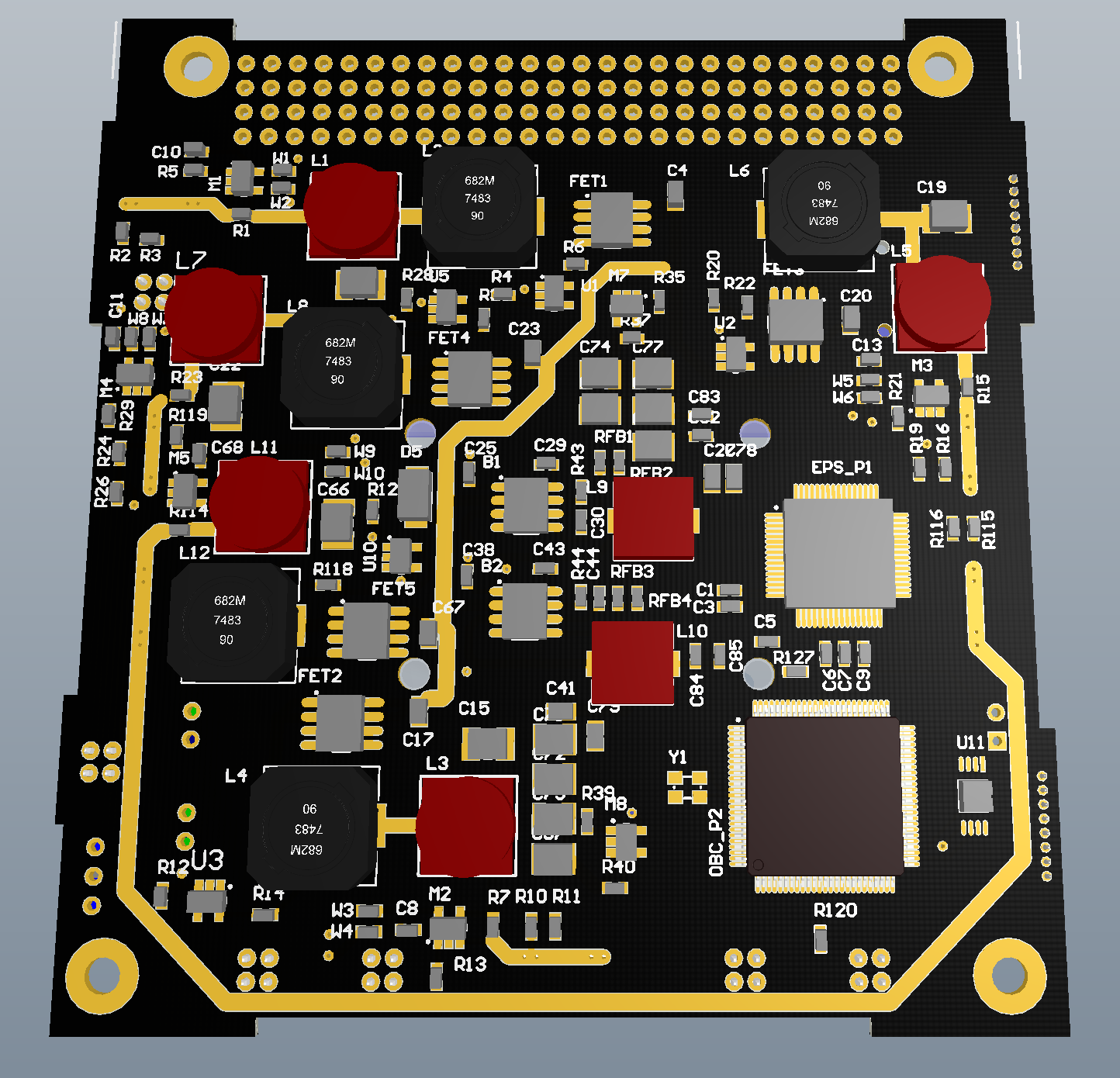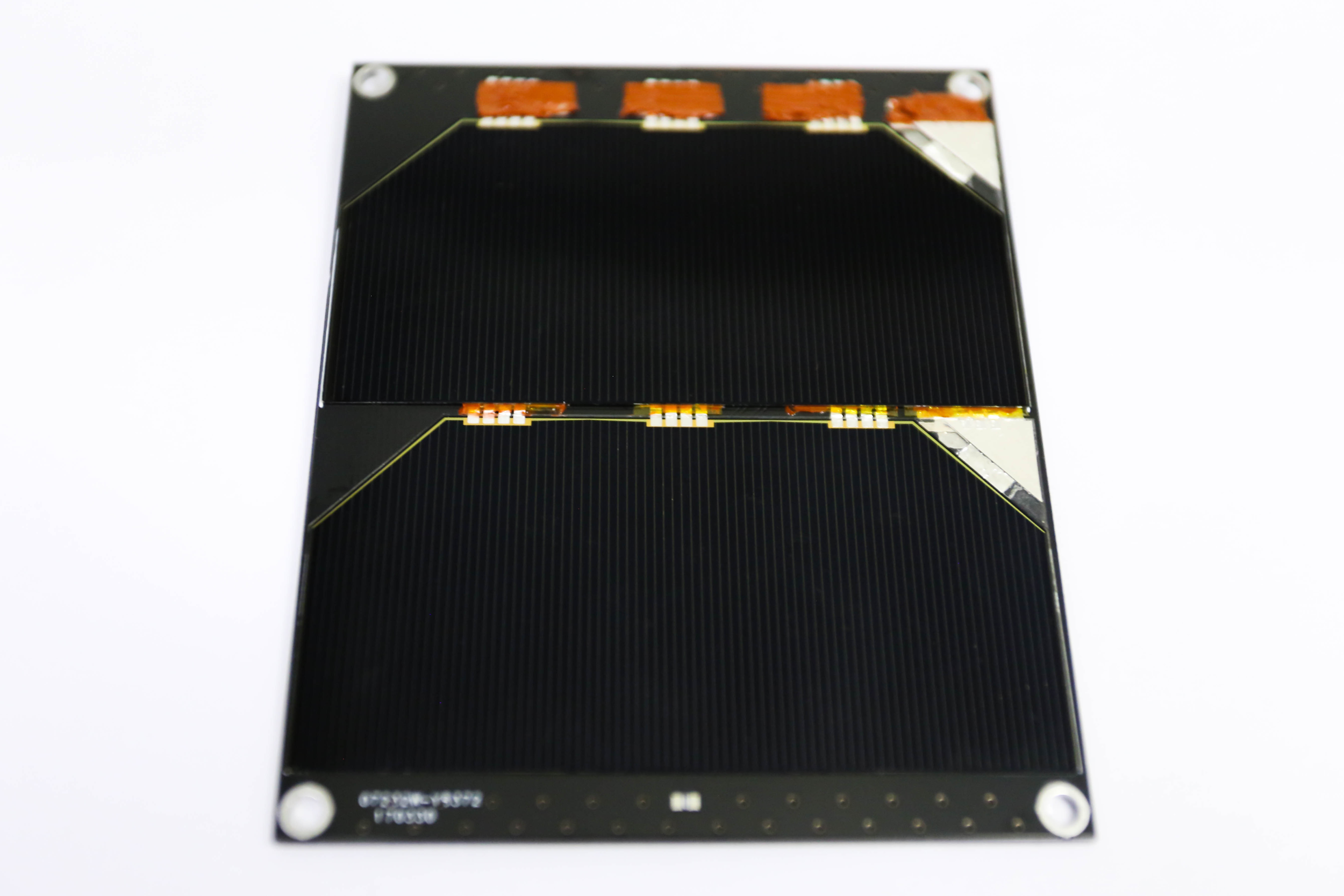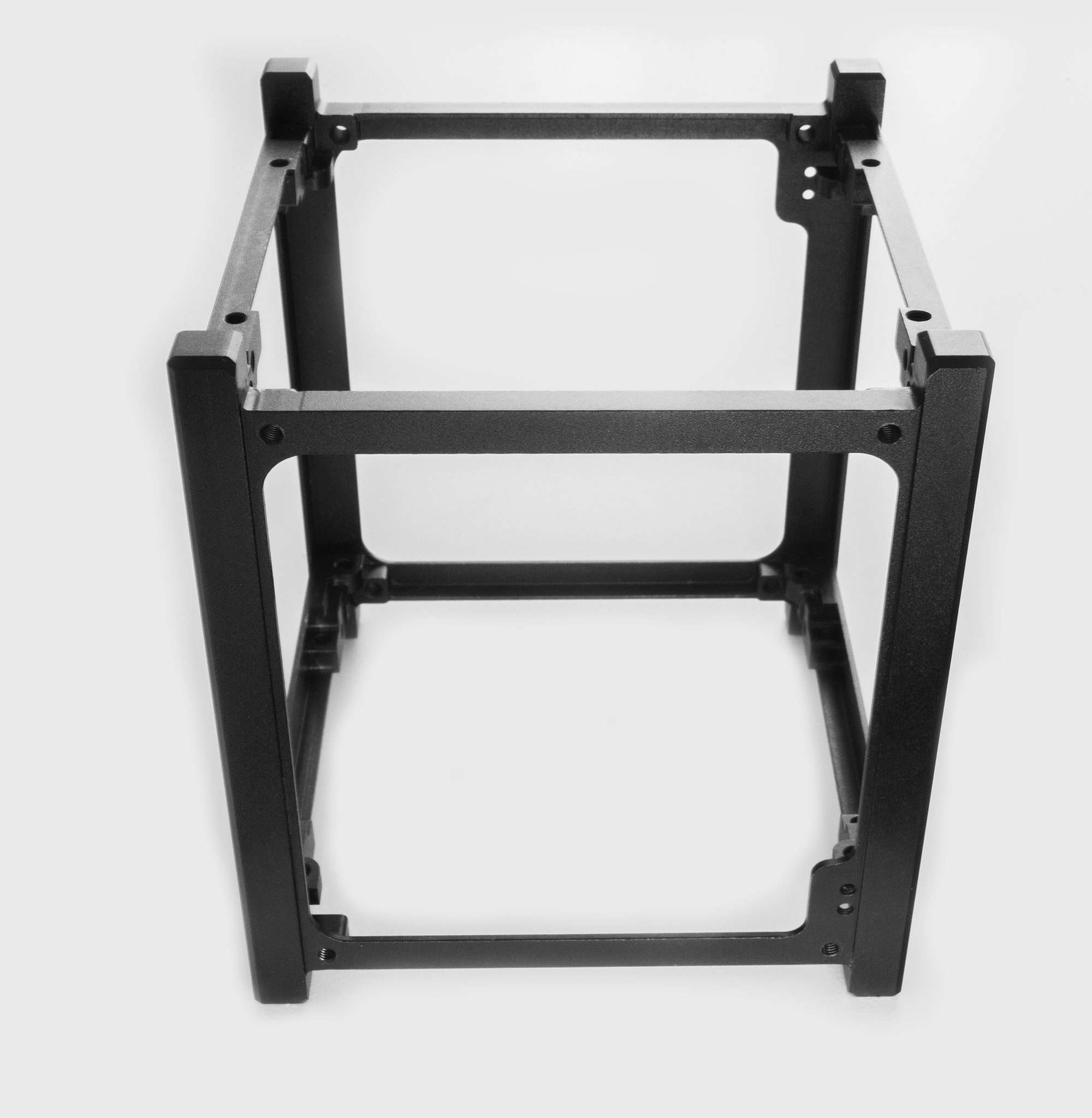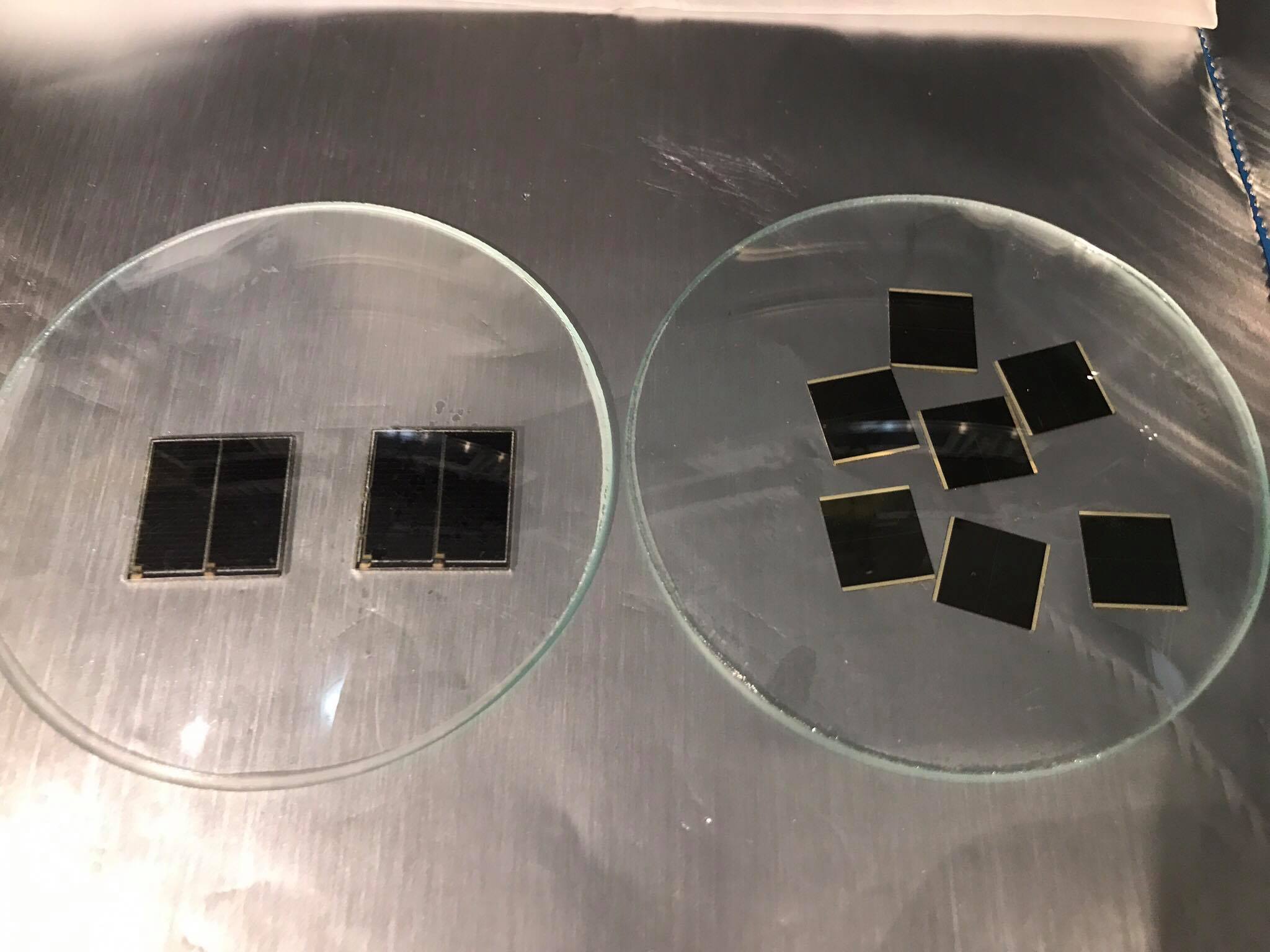We’ve been busy at the Aphelion R&D facility lately and making steady progress on our Trailblazer vehicle! Engine development has been coming together very well and the composite chamber is currently being manufactured. The test facility, which will accommodate engines up to 30kN in thrust (for our orbital launch vehicle), is now under constructions and parts for it are coming over the next few weeks. Last but not least, we’ve invested a lot of time into our green hypergolic propellant production facility which will enable us to test and fly with minimal turnaround time. As things stand, we will be having our first test of the 9.5kN main engine in March.
Meanwhile, two new products for our Cubesat line will be released this month. We have also been putting the EPS and OBC software through their paces, so we will be able to officially start selling the Cubesat bus very soon.
Finally, our facility expansion is on the way! This for the time being will enable us to produce and launch Trailblazer vehicles multiple times a year.









